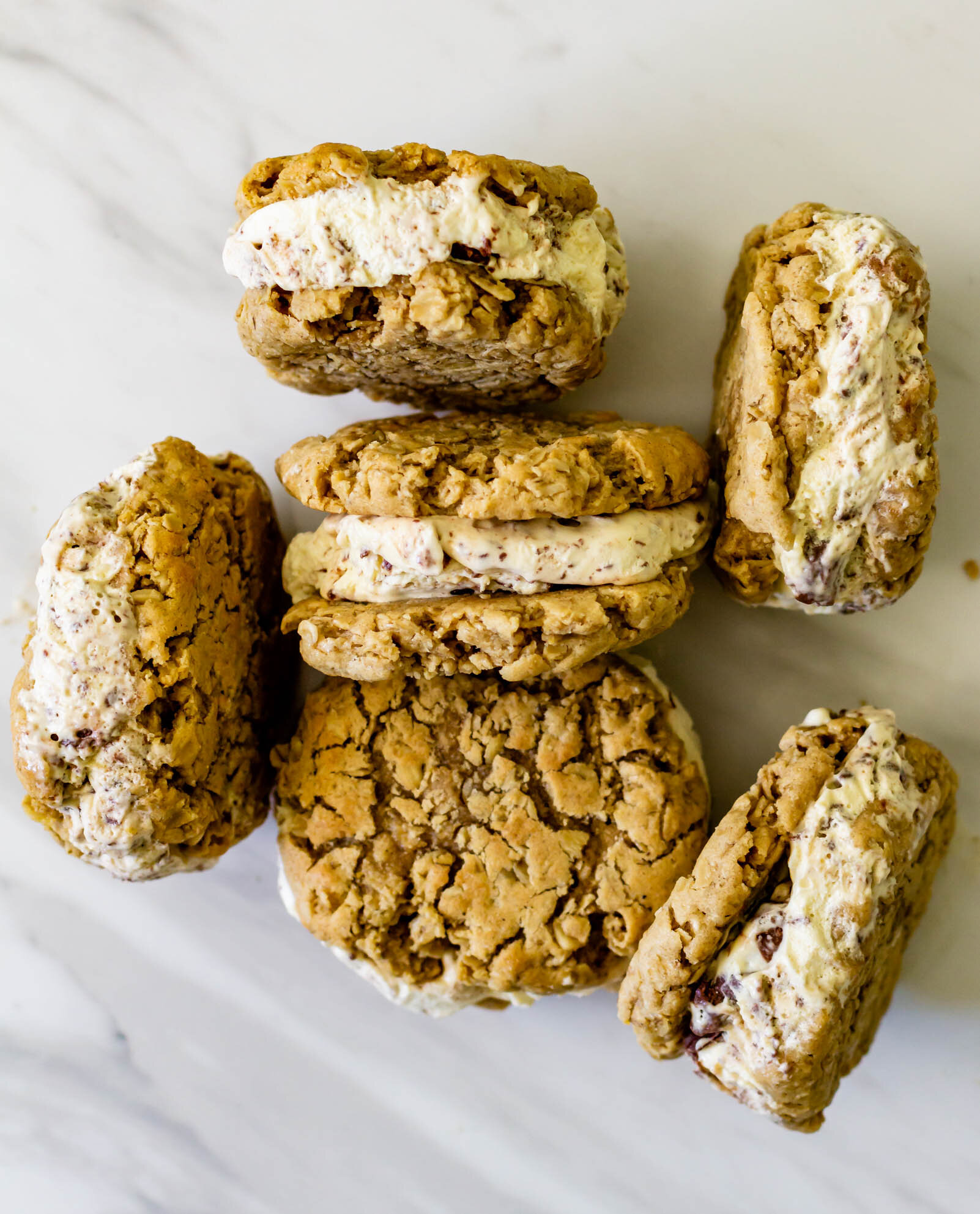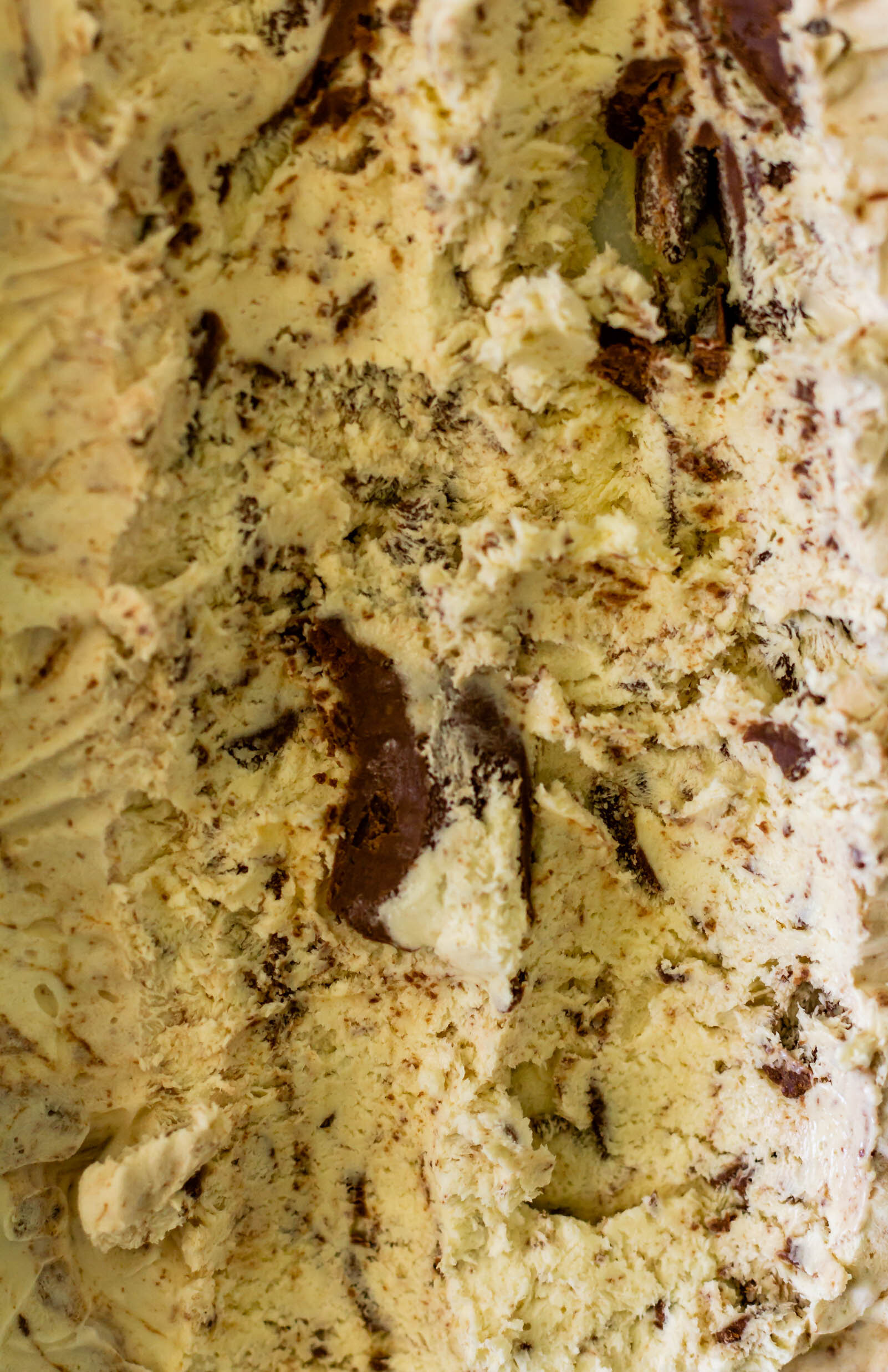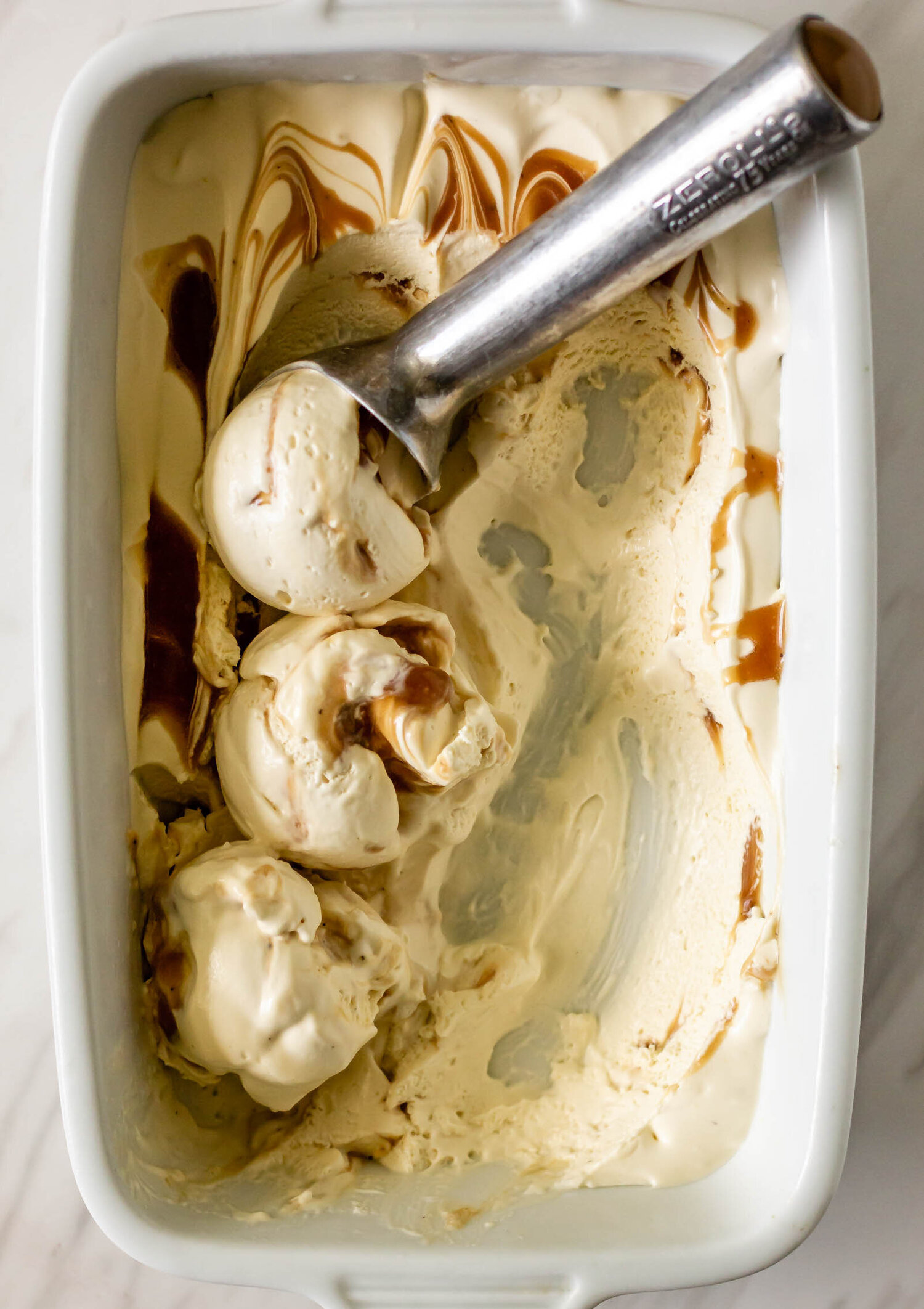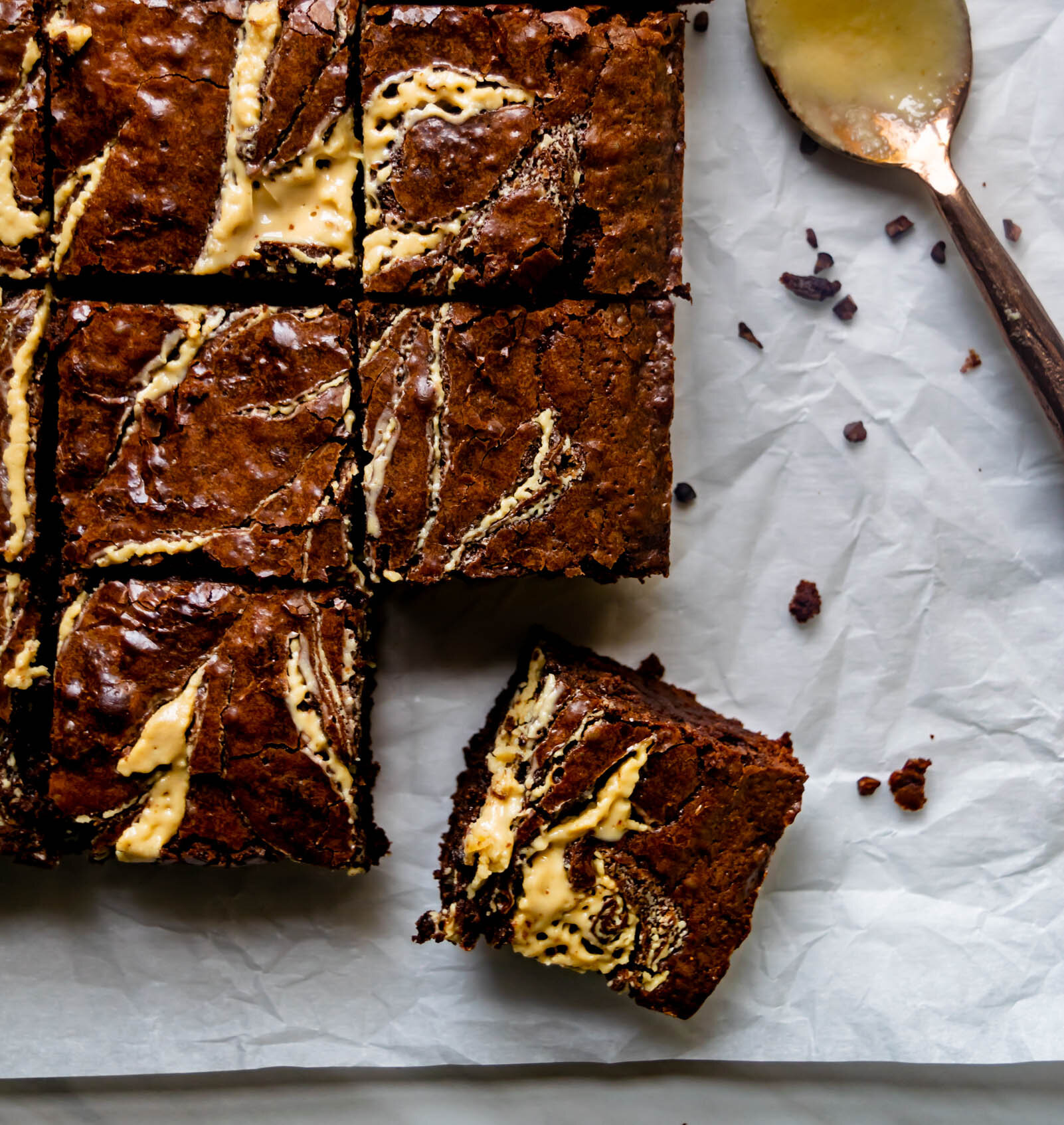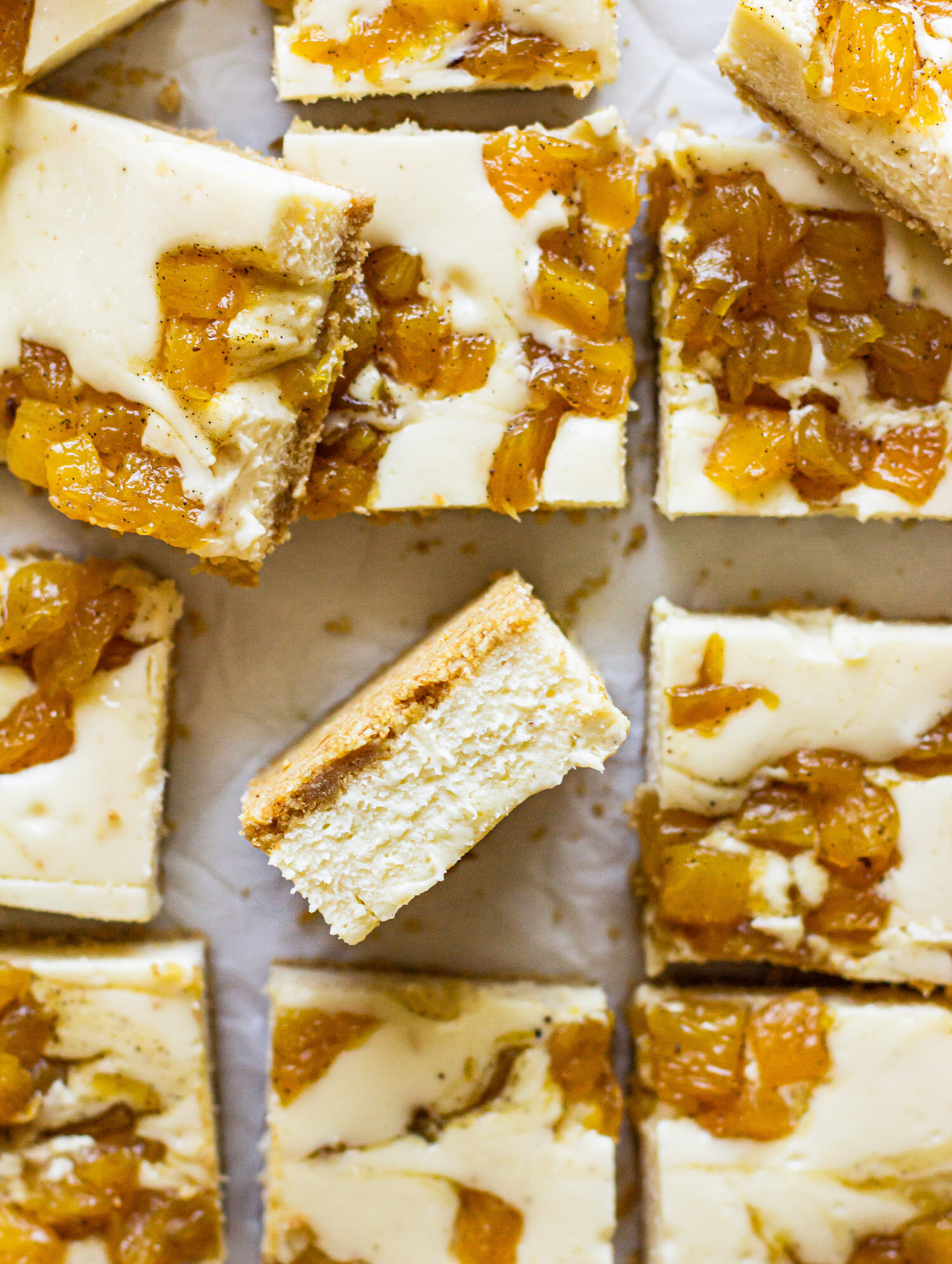Tahini Oatmeal Ice Cream Sandwiches with Java Fudge Ice Cream
/These ice cream sandwiches are an easy summer dessert recipe. A soft and chewy tahini oatmeal cookie filled with a simple, homemade no-churn coffee ice cream, rippled with fudge that can easily be made with or without an ice cream maker.
This past weekend was my birthday and it was a perfect quarantine celebration. Instead of celebrating one day, I prolonged the festivities throughout the entire weekend, simply because I wanted to and what a great decision that was. Friday morning started with a bang when I released my very first e-book! (If you haven’t gotten your copy yet, what are you waiting for? Get it here!) I also finished up a little recipe testing and got some not-as-fun computer work out of the way in order to clear my weekend schedule. A friend and I picked up Shake Shack and picnicked in a pretty park, and Friday night, we threw a big blanket on our living room floor, stacked pillows around us, and transformed the room into the perfect picnic fort for the weekend. I made a bunch of random vegetables, we drank some funky natural wine, had a tiny dance party, and finished season 2 of Dead to Me. Perfect birthday evening.
Saturday morning, we made breakfast sandwiches with kale and focaccia and puttered around the house. I finished photographing a few things, we dropped cookies off to some nurse friends, picked up tacos and made a giant bowl of guacamole and snacked all afternoon. Also, all day long, I walked Martin through the whole sourdough making process, so we took little breaks to fold dough throughout the day. We made pizzas and drank a great bottle of Tempranillo and watched Center Stage. Sunday morning started with a breakfast frittata filled with all of the weekend’s leftover veggies, the baking off of our sourdough loaves, church online, and big lattes. Then we packed leftover pizza into aluminum foil satchels, tucked them in a backpack and went for a hike. We explored a little nature preserve about 45 minutes from our house, found five ripe blackberries, a bunch of wild fennel, and caught a couple of glimpses of gopher tortoises. We ate our picnic looking out over the water and it was just magical and really so perfect to be out of the house and somewhere that wasn’t a grocery store. Sunday afternoon, I drank pink wine in a bathrobe and took a nap and if that’s not living your birthday to the fullest, I really don’t know what is. We made easy pantry pasta for dinner and wistfully cleaned up our living room fort and I’m already counting down until next year. (I also realized that this entire birthday weekend recollection is essentially a diary of what I ate all weekend, but this is a food blog so I guess that’s allowed.)
how to make homemade ice cream sandwiches
So let’s talk about ice cream sandwiches. It’s Memorial Day weekend, which is the unofficial start of summer and even if we aren’t partaking in giant backyard BBQs right now, it would be wrong for us to keep ourselves from ice cream sandwiches. Often, homemade ice cream sandwiches made with cookies get so hard in the freezer that you almost break your jaw when trying to bite into them and that’s really not a fun way to eat ice cream. So for these sandwiches, I wanted to keep our jaws intact and I made a tahini oatmeal cookie that would resemble the soft cookie of an oatmeal cream pie. These hold up really nicely, just watch how long you bake them. I would recommend under-baking them slightly in order to keep them on the softer side.
I’m very much on an ice cream kick. Just prepare yourself because there are quite a few ice cream recipes coming at ya this summer, I just can’t help myself. This ice cream doesn’t need an ice cream maker. You just steep coffee beans into heavy cream, strain them out, and use your cream to make a creme anglaise. The fudge ripple is a simple chocolate ganache folded in after your anglaise is chilled and whipped and then the whole thing is frozen. If you’re not into making your own ice cream (I implore you to give it a try), you can definitely just buy your favorite from the store for these ice cream sandwiches too.
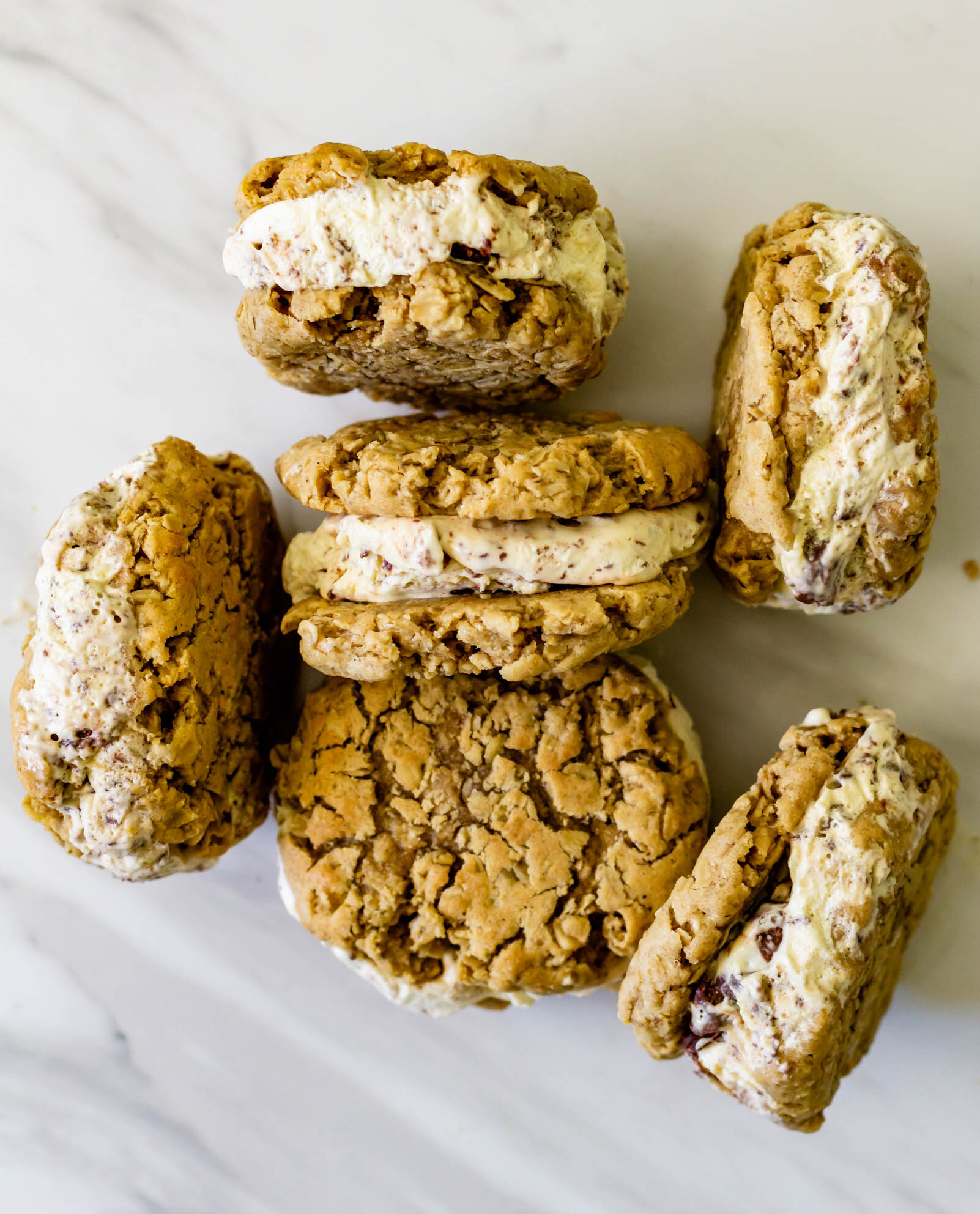
Tahini Oatmeal Ice Cream Sandwiches with Java Fudge Ice Cream
Ingredients
- 1 3/4 cup (400 g) heavy cream
- 2 tbsp (10 g) whole coffee beans
- 3/4 cup (170 g) granulated sugar
- 4 egg yolks
- pinch of salt
- 2 tsp vanilla extract
- 2.5 oz (70 g) dark chocolate, chopped
- 2.5 oz (70 g) unsalted butter
- 2 oz (57 g) heavy cream
- 2 tsp kaluha, optional
- 1 stick (4 oz, 113 g) unsalted butter, at room temperature
- 1/2 cup (125 g) tahini, well-stirred
- 1 cup (220 g) brown sugar
- 1/2 cup (110 g) granulated sugar
- 1 tbsp vanilla extract
- 1 egg
- 1 egg yolk
- 1 3/4 cup (240 g) all purpose flour
- 1 tsp baking powder
- 1 tsp baking soda
- 1 tsp ground cinnamon
- 1/2 tsp ground cardamom
- 1 tsp kosher salt
- 3 cups (300 g) rolled oats
Instructions
- Make the fudge ripple: Combine chocolate, butter, and heavy cream in a bowl set over a double boiler. Cook, stirring frequently, until everything is melted. Remove from heat and whisk vigorously until smooth, glossy, and completely emulsified and then whisk one minute longer. Whisk in the Kaluha if using. Place a piece of plastic wrap directly on the surface of the chocolate to prevent a skin and let rest at room temperature for 3-6 hours, until cooled and thickened. The chocolate should be thick and scoop-able, but not hard.
- Make the ice cream base: Combine heavy cream and coffee beans in a medium saucepan and heat over medium-low heat until cream is beginning to bubble around the edges of the pan and is hot to the touch. Remove from heat, cover tightly and let steep for 10 minutes. Strain out coffee beans, return cream to saucepan, and bring back to a simmer.
- While the cream is heating, whisk together salt, vanilla, egg yolks, and sugar in a large bowl. When the cream is hot, slowly stream it into the egg mixture, whisking continually the whole time. Transfer the entire mixture back into the saucepan and return to heat.
- Cook, stirring continually with a wooden spoon, over low-medium heat until anglaise sauce is thickened, but do not bring to a boil. You can test if the sauce is ready by wiping your finger through the sauce along the back of the wooden spoon. If the line your finger creates holds, the sauce is ready. If it drips, continue cooking.
- When the sauce is sufficiently thickened, strain into a large mixing bowl, cover, and refrigerate.
- Whipping and chilling: When the anglaise sauce is cold, transfer to a mixer and begin whipping. Whip until soft peaks form.
- Assembly: Gently fold chocolate ganache into the whipped anglaise until just combined. There should be some thick streaks of chocolate, as well as small flakes throughout. Transfer the entire mixture to an 8x8 pan or loaf pan. Press plastic wrap directly on the surface of the ice cream and then wrap the entire pan tightly. Freeze overnight, or for 12-18 hours.
- In a large bowl, combine flour, baking powder, baking soda, cinnamon, cardamom, and salt. Whisk together and set aside.
- In the bowl of a stand mixer fitted with the paddle attachment, combine butter and tahini. Beat for 30 seconds, until combined and scrape down the sides of the bowl.
- Add sugar and brown sugar, and cream until thick and sandy, about 1-2 minutes.
- Add the egg, egg yolk, and vanilla extract and mix on medium speed until combined, scraping down the sides of the bowl as needed.
- With the mixer on low speed, gradually add the flour mixture, mixing just until no flour streaks remain, followed by the oats.
- Remove the bowl from the stand mixer and fold with a rubber spatula a few times to ensure that everything is well mixed. Cover and chill for 30 minutes.
- Scoop dough into 2 tablespoon sized balls and place on a parchment lined cookie sheet. Cover with plastic wrap and return to the refrigerator for at least another 30 minutes, and up to 24 hours.
- When you’re ready to bake, preheat the oven to 350°F. Bake cookies for 8 minutes and then flatten them with a spatula. Return to oven for 2-4 more minutes, until edges are golden brown and the centers are set. Let cool completely on the pan.
- Sandwich one scoop of ice cream between two cookies, and wrap each sandwich tightly in plastic wrap. Return to the freezer for at least 6 hours, to allow the ice cream to refreeze before eating.
- You can store the wrapped ice cream sandwiches in a zipper bag in the freezer for about two weeks. Martin has found that if you take the ice cream sandwich out of the freezer and let it sit in the refrigerator for 20-30 minutes before you eat it, it’s the perfect and softness for eating.
Notes:
I recommend slightly under-baking the cookies to ensure that they stay soft and chewy after freezing.



